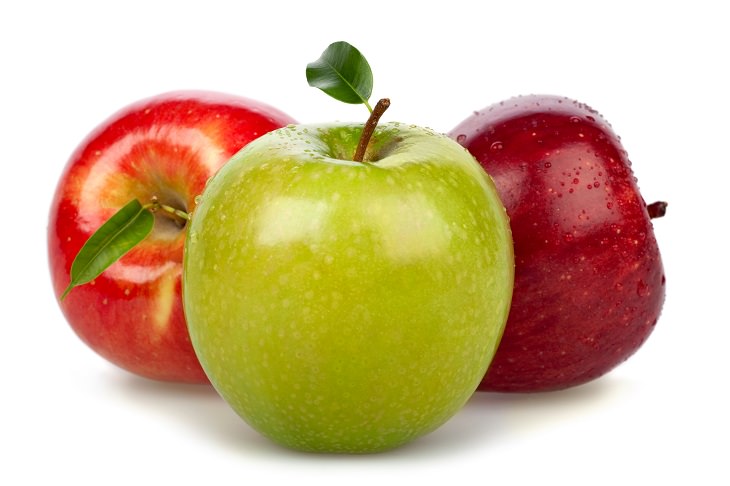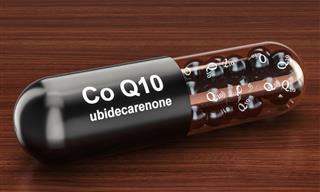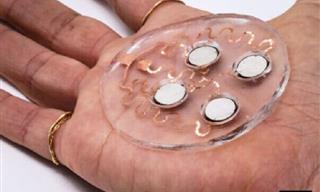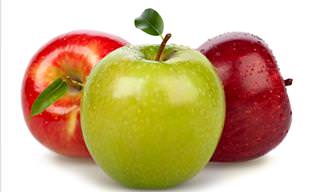Nothing is as flavorsome and healthy as fresh fruit, especially crunchy apples. They’re full of dietary fiber and are a great healthy snack to curb cravings. They’re also extremely rich in important antioxidants called flavonoids that help to prevent chronic diseases.
But is it safe to consume an apple each day, considering the amount of wax that is applied to them to make them fresh and shiny? You might not know this, but an apple with glossy skin might not represent freshness and quality. Apples are often coated with a layer of wax to make them look more appealing to consumers.
Concerned about the quality of apples you are eating? Here's what you need to know about GMO apples.
Why is Wax Applied to Apples?
Apples have a high water content, but they also produce their own wax which coats the fruit, reducing moisture loss and keeping them fresh for a longer period. After the apples have been picked from the farms, growers wash them to remove dirt, washing away some of the natural wax in the process.
Therefore, these growers or sellers apply a coat of edible synthetic wax to make up for it. These apples are coated with shellac or carnauba wax to add shine and improve their look. A coating of wax helps to seal in the moisture, therefore extending the life of the fruit.
Waxed apples look so new and fresh that it’s hard to tell the difference between a fresh one and one that is a year old. As per the US Food and Drug Administration, apple growers are permitted to use a certain quantity of wax on apples. However, you cannot be sure of the amount that is actually used to increase its longevity.
Wax coatings affect the quality of the apples that you eat. One of the effects it has is called anaerobic respiration that can occur in the fruits since the wax can act as an oxygen barrier. It can be used to disguise the quality of apples – waxed apples might look glossy, firm, and shiny, but they could be soggy and tasteless instead.
They can also wreak havoc on your digestive system. According to Dr. Anju Sood, a Bangalore-based nutritionist, “The natural wax present in apples is easily digestible and does no harm to the body. On the other hand, wax coating is done to preserve apples for as long as they can. The wax used might not be easily absorbed by the body and can be harmful to the colon or small intestine.”
Dietitian Mehar Rajput from FITPASS in New Delhi notes, “Wax coated apples can lead to health hazards like respiratory issues, ulcers or even infections. There are times when you can feel some discomfort after eating them. Therefore, it’s always a great idea to get rid of the wax before eating them.”
Below are five ways that this can be done.
1. Dip the apple in hot water for a few seconds to remove the wax. Once you take out the apple from the hot water, wash it again under running water.
2. Mix one tablespoon of lemon juice and one tablespoon of baking soda in water. Dip each apple in the mixture and scrub it using a vegetable brush. Rinse under tap water when done.
3. You can also use vinegar instead of lemon juice mixed with water. Scrub the apples and rinse with water before eating.
4. Apple cider vinegar is also a great option. Use a paper towel or a clean cloth to wipe the apple with the solution. Wash the fruit with water after.
5. You can also peel the skin off before eating the apple. However, not many would recommend this as you might be losing out on all the nutrients packed inside the apple skin.
Source: food
Images: depositphotos
 Go to BabaMail
Go to BabaMail


























